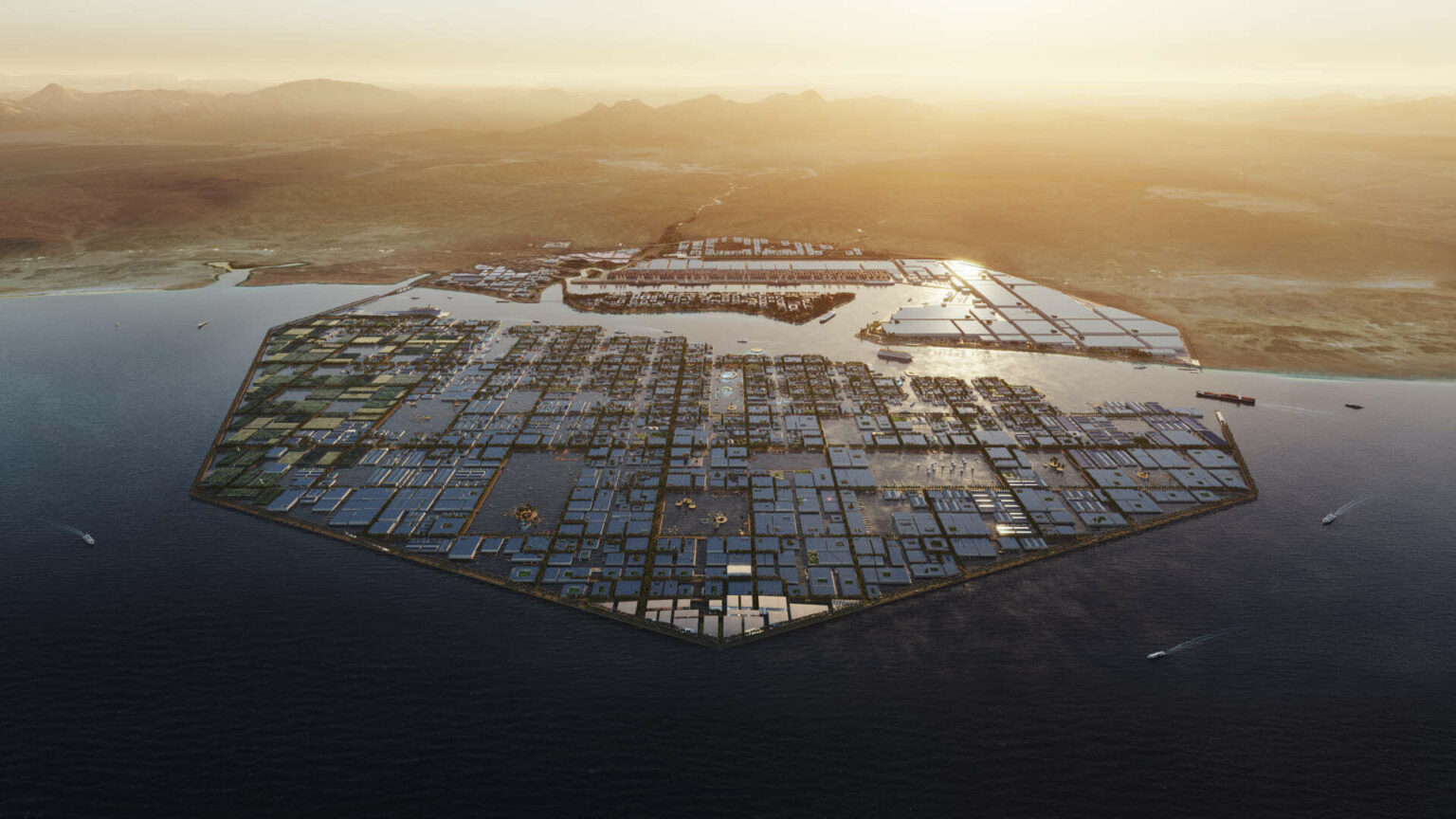Neom’s green hydrogen project, the largest of its kind globally, was conceived with the capacity to produce 600 tonnes of green hydrogen per day using four gigawatts of renewable power. When its partners closed financing in 2023, they celebrated an $8.4 billion investment—70 percent above initial estimates—as evidence of both swift execution and growing market confidence. Yet with only one firm buyer for its green ammonia output, more than half of this capacity now looms idle, exposing deep fissures in the nascent hydrogen economy.
Structural Challenges
The project benefited from expedited permitting and state backing, sidestepping the bureaucratic delays that have stalled rivals in Europe and Australia. Its joint‐venture structure—combining Crown Prince Mohammed bin Salman’s Neom development company, Air Products & Chemicals, and ACWA Power—was meant to pool technical expertise, capital discipline, and strong offtake guarantees. In practice, however, the reliance on a single anchor purchaser has left the consortium vulnerable. Air Products had agreed to market the entire output, selling 70,000 tonnes per year of green ammonia to TotalEnergies between 2030 and 2045. Still, no additional buyers have materialized to absorb the remaining volumes.
Budget and Cost Evolution
Initial projections of roughly $5 billion ballooned to $8.4 billion by financial close, driven by inflationary pressures on steel, cement, and electrolyzer components, as well as an expanded engineering, procurement, and construction scope. Rather than leasing land and spare parts, developers opted to purchase these up front to avoid future delays. While this strategy de-risked timeline slippage, it also magnified capital intensity and heightened the stakes for securing full offtake commitments before pouring additional funds into downstream terminals and transport logistics.
Offtake Risks and Export Constraints
Hydrogen economics hinge on large, long-term offtake agreements—especially outside supplier countries. Even with robust European climate targets, regulatory ambiguity around carbon intensity thresholds and import tariffs has kept buyers on the sidelines. Air Products’ new leadership has publicly deferred investment in hydrogen receiving terminals in Europe until clear regulatory frameworks are codified and customer commitments secured. This has left the Neom developers weighing whether to slow construction of key electrolysis units and storage facilities until more buyers emerge.
Domestic Market and Project Phasing
In light of export headwinds, the consortium is exploring pivoting volumes to local industrial users and the future Neom metropolis itself. Potential applications range from ammonia-based power generation to feedstock for green steel and fertilizer production. But domestic demand curves remain speculative: Neom City’s construction is still ramping up, and downstream conversion plants for ammonia or synthetic methane are at early planning stages. As a result, developers are considering a phased deployment approach—building and commissioning electrolyzer trains only after securing binding offtake contracts—to better align capital outlay with confirmed revenue streams.
Regulatory Landscape and Infrastructure Gaps
Beyond offtake, Saudi Arabia’s domestic regulatory environment for hydrogen remains in formation. Pricing mechanisms, blending mandates, and incentives for heavy-industry adopters are under discussion but not yet in law. This void complicates investment decisions for both producers and end users. Infrastructure for ammonia cracking, pipeline distribution, and port handling is nascent, leaving hydrogen and ammonia to rely on parallel oil and gas logistics networks that lack dedicated safety and monitoring standards for these new fuels.
National Hydrogen Strategy and Global Ambitions
Despite these near-term setbacks at Neom, Saudi leadership continues to view hydrogen as central to its energy transition. A proposed “hydrogen bridge” with Europe, initiated via a memorandum of understanding with Germany’s SEFE to supply 200,000 tonnes per year by 2030, underscores a strategic pivot toward large export corridors. ACWA Power’s partnership with Baker Hughes to advance electrolyzer technology further signals ongoing R&D investment. At the same time, plans for blue ammonia have been shelved until binding international demand re-emerges, illustrating a cautious shift toward only committing resources once off-take and regulatory certainty are in place.
By pairing its logistical strengths and deep capital pools with a disciplined, phased investment approach, Saudi Arabia aims to salvage Neom’s hydrogen ambitions while avoiding stranded assets. How quickly off-take markets—domestic or international—materialize will determine whether Neom’s green hydrogen plant becomes a pioneering template or a cautionary tale for the global hydrogen economy.
